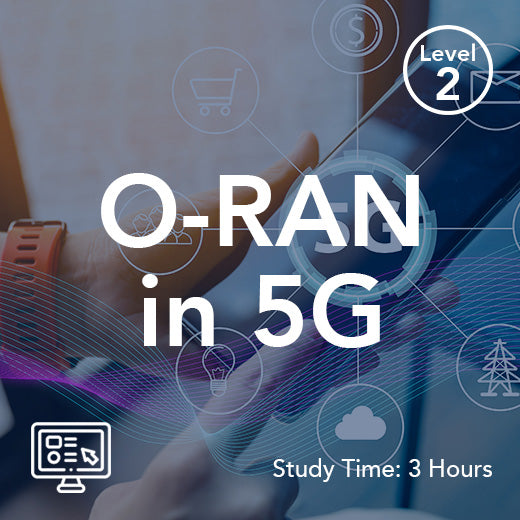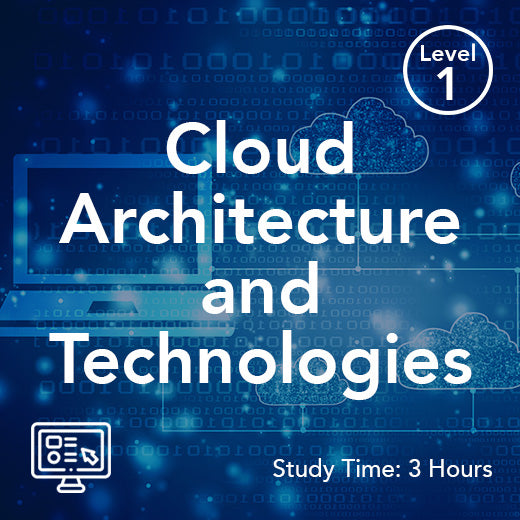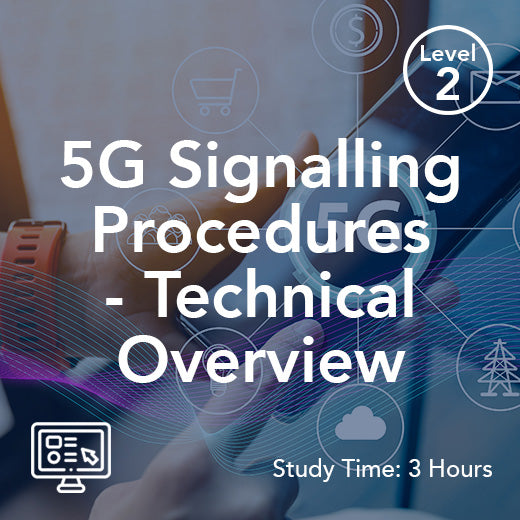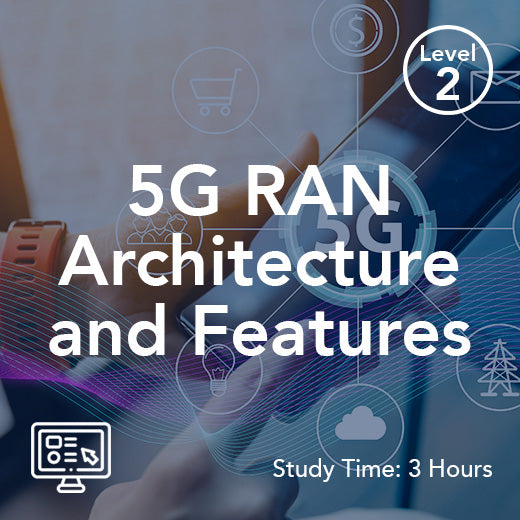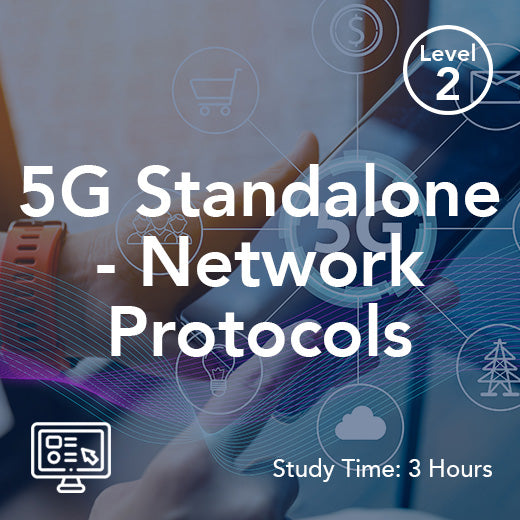What is disaggregated RAN?
- , by Stephanie Burrell
- 2 min reading time
Disaggregated RAN (Radio Access Network) is a revolutionary concept in the world of telecommunications that is changing the way mobile networks are designed and operated. This innovative approach to network architecture is gaining traction in the industry as operators seek to improve network performance, reduce costs, and increase flexibility.
At its core, disaggregated RAN is about breaking up the traditional monolithic RAN into separate, interoperable components that can be sourced from different vendors. This disaggregation allows operators to mix and match best-of-breed hardware and software solutions, rather than being locked into a single vendor's proprietary system. By decoupling hardware and software, operators can achieve greater flexibility, scalability, and cost savings.
One of the key benefits of disaggregated RAN is the ability to deploy virtualized network functions (VNFs) on commodity hardware, such as general-purpose servers or cloud infrastructure. This enables operators to leverage the power of software-defined networking (SDN) and network functions virtualization (NFV) to dynamically allocate resources, optimize network performance, and rapidly deploy new services.
Another advantage of disaggregated RAN is the ability to introduce open interfaces and standards that promote interoperability and innovation. By adopting open standards such as O-RAN (Open Radio Access Network), operators can avoid vendor lock-in and foster a more competitive ecosystem of suppliers. This open and interoperable approach encourages collaboration and accelerates the development of new technologies and services.
Disaggregated RAN also offers operators greater control over their networks, allowing them to tailor their infrastructure to meet specific performance and capacity requirements. By disaggregating the RAN, operators can optimize their network architecture for different use cases, such as urban or rural environments, indoor or outdoor coverage, or high-capacity or low-latency applications.
In addition to these technical benefits, disaggregated RAN can also lead to significant cost savings for operators. By leveraging commodity hardware and open interfaces, operators can reduce their capital and operational expenses, while also increasing the efficiency and utilization of their network resources. This cost-effective approach to network design and deployment is particularly attractive for operators looking to upgrade their networks to support 5G and other emerging technologies.
In conclusion, disaggregated RAN is a game-changing concept that is reshaping the telecommunications industry. By breaking down the traditional RAN into modular components, operators can achieve greater flexibility, scalability, and cost savings, while also promoting innovation and interoperability. As operators continue to embrace disaggregated RAN, we can expect to see a more dynamic and competitive mobile network landscape that delivers better performance and services for customers.
At its core, disaggregated RAN is about breaking up the traditional monolithic RAN into separate, interoperable components that can be sourced from different vendors. This disaggregation allows operators to mix and match best-of-breed hardware and software solutions, rather than being locked into a single vendor's proprietary system. By decoupling hardware and software, operators can achieve greater flexibility, scalability, and cost savings.
One of the key benefits of disaggregated RAN is the ability to deploy virtualized network functions (VNFs) on commodity hardware, such as general-purpose servers or cloud infrastructure. This enables operators to leverage the power of software-defined networking (SDN) and network functions virtualization (NFV) to dynamically allocate resources, optimize network performance, and rapidly deploy new services.
Another advantage of disaggregated RAN is the ability to introduce open interfaces and standards that promote interoperability and innovation. By adopting open standards such as O-RAN (Open Radio Access Network), operators can avoid vendor lock-in and foster a more competitive ecosystem of suppliers. This open and interoperable approach encourages collaboration and accelerates the development of new technologies and services.
Disaggregated RAN also offers operators greater control over their networks, allowing them to tailor their infrastructure to meet specific performance and capacity requirements. By disaggregating the RAN, operators can optimize their network architecture for different use cases, such as urban or rural environments, indoor or outdoor coverage, or high-capacity or low-latency applications.
In addition to these technical benefits, disaggregated RAN can also lead to significant cost savings for operators. By leveraging commodity hardware and open interfaces, operators can reduce their capital and operational expenses, while also increasing the efficiency and utilization of their network resources. This cost-effective approach to network design and deployment is particularly attractive for operators looking to upgrade their networks to support 5G and other emerging technologies.
In conclusion, disaggregated RAN is a game-changing concept that is reshaping the telecommunications industry. By breaking down the traditional RAN into modular components, operators can achieve greater flexibility, scalability, and cost savings, while also promoting innovation and interoperability. As operators continue to embrace disaggregated RAN, we can expect to see a more dynamic and competitive mobile network landscape that delivers better performance and services for customers.















